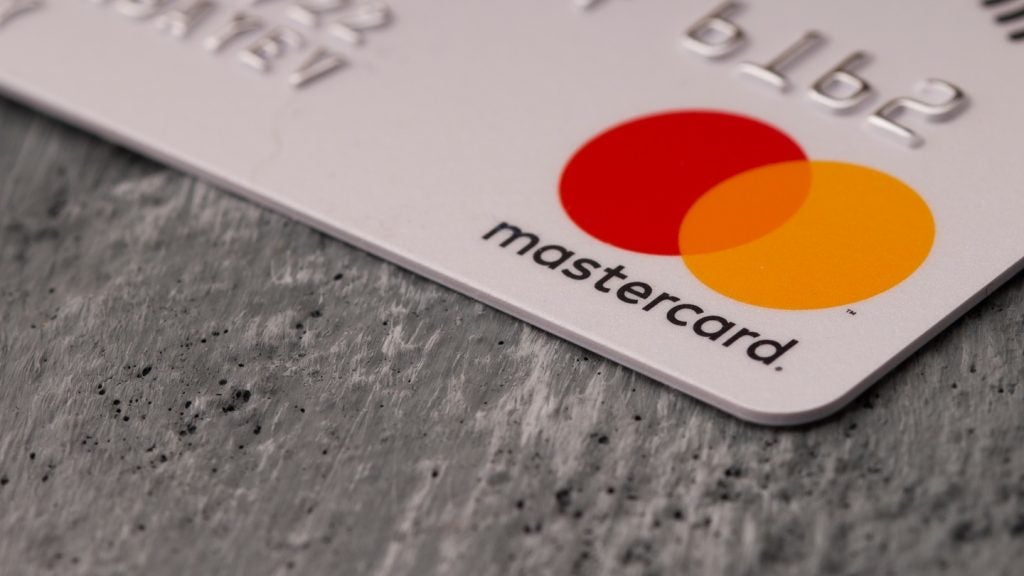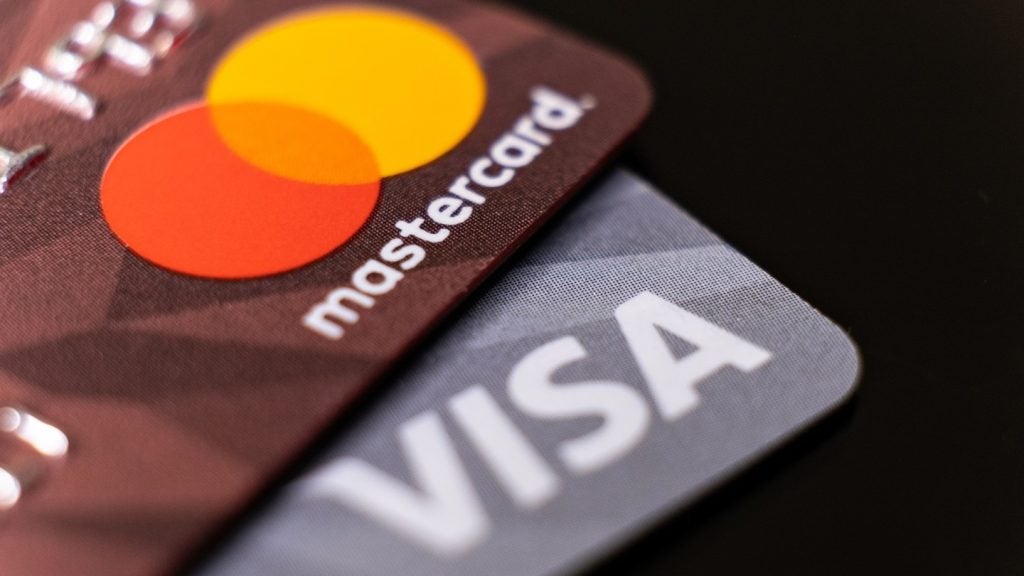When looking at the financial sector in Sweden, innovation is always at the forefront of one’s mind. As the central bank of Sweden tries to tackle deflation through consumer spending, new technology has a big part to play through contactless technology, rising e-commerce levels, and a robust retail sector
The Swedish payment cards market is highly developed. Average monthly card transactions and average annual spend per card are higher in Sweden than in other European markets such as the UK, the Netherlands and Germany, although they lag behind Sweden’s Nordic peers, Denmark, Norway and Finland.

Access deeper industry intelligence
Experience unmatched clarity with a single platform that combines unique data, AI, and human expertise.
Payment card use in Sweden has been driven by concerted efforts by the government and banks, and consumer willingness to adopt them. As a result, payment cards are gradually replacing cash, and are now used even for small-value transactions at newspaper vendors, homeless magazine sellers and for church donations. Overall, the payment cards market grew at a CAGR of 6.87% between 2010 and 2014 in terms of transaction volume, and 5.66% in terms of transaction value in the same timeframe. A similar trend is anticipated over the next five years.
Payment cards have gained popularity at the expense of cash payments and cheques, particularly among small businesses. Consumer preference for card payments, the increased supply of different types of card product, and growth in the number of retailers accepting payment cards resulted in the increased use of these cards between 2010 and 2014. The Swedish government’s policy for a cashless society and prevailing negative interest rates are anticipated to further drive payment card transaction volumes and values from now to 2019.
In Sweden, payment card transactions overtook ATM cash withdrawals in 2002. The increase in POS terminals has been paralleled by a substantial increase in the use of payment cards, with the volume of card transactions at POS terminals increasing substantially to reach 2.6 billion in 2014, accounting for 91.3% of the overall payment card transactions, indicating a rising preference for cashless payments among Swedish consumers.
The Swedish government has taken initiatives to bring the entire population into the banking system. According to the World Bank’s Global Findex survey 2014, the percentage of the Swedish population aged 15 or above with a bank account reached 99.7% in 2014. This resulted in high penetration of bank accounts and products such as debit cards. Banks in Sweden are therefore looking to differentiate their product offerings, and card customisation is gaining attention. Marketing strategies include serving niche segments such as students, young population, high-income consumers and small and medium-sized enterprises (SMEs).

US Tariffs are shifting - will you react or anticipate?
Don’t let policy changes catch you off guard. Stay proactive with real-time data and expert analysis.
By GlobalData
Central bank measures to tackle deflation are driving consumer spending
The central bank of Sweden is using the repo rate to tackle deflationary pressure. The repo rate was gradually reduced from 1.25% in December 2010 to 0.00% in October 2014, a rate that was maintained until the end of 2014. With the low repo rate, bank lending grew, resulting in an increase in consumer spending and economic growth.
To combat deflationary pressure, the central bank decreased the repo rate to -0.10% for the first time in February 2015, and to -0.35% in November 2015, resulting in negative returns on savings and deposits with commercial banks. The move led consumers to spend rather than save money in banks. The rise in consumer spending is expected to further drive payment card transaction volumes and values.

Contactless technology still at a nascent stage of development
Despite consumers being prolific users of payment cards, the adoption of contactless cards is still very low in Nordic countries including Sweden in comparison to other European countries such as the UK and France. At the end of 2015, there were only 100,000 contactless cards, equivalent to 0.4% of all payment cards.
According to Timetric analysis, the low adoption of contactless technology is because banks have not been pushing for it, although ICA Banken has issued contactless cards and has NFC-enabled terminals. ICA Banken plans to issue 560,000 contactless cards by the end of 2016.
With the rising number of small businesses and street vendors accepting payment cards for small-value transactions, the introduction of contactless technology is anticipated to further drive payment card transaction volumes over the next five years.
E-commerce market offers growth prospects
The e-commerce market grew from $6.7bn (SEK48.4bn) in 2010 to $12.4bn in 2014, at a CAGR of 16.48%. Rises in internet and smartphone penetration, and investment in online payment infrastructure supported e-commerce’s growth.
To make online payments more efficient and secure, the European Banking Authority (EBA) published final regulations on the security of online payments in December 2014. The guidelines are applicable to all 28 EU members, including Sweden, for implementation from August 1, 2015. These include strong authentication measures to verify customer identity, customer awareness programmes, and consumer data protection. These measures are anticipated to reduce online fraud.
According to a 2014 central bank study on the payment behaviour of Swedish consumers, credit cards were the most preferred payment method for online purchases. Payment cards accounted for 39% of the overall e-commerce transaction value in 2014.
Swedish consumers still prefer to use traditional payment methods such as payment cards, credit transfers and direct debit to pay for online purchases. These three instruments accounted for 64% of the total e-commerce transaction value in 2014. However, emerging payments such as digital wallets and m-payments – including mobile wallets and carrier billing – are also increasingly being used for e-commerce transactions.

Increasing retail sales and POS terminal installations to drive card-based payments
Sweden’s retail market is well developed and dominated by a small number of large retail chains. The retail market is driven by a strong economy, steady population growth and rising disposable incomes. Retail sales in Sweden increased from $77.3bn in 2010 to $94.9bn in 2014. Another driver of retail sales growth is the rise in shopping tourism. Increasing acceptance of cards at POS terminals, rising consumer demand for high-quality products, and growing urbanisation resulted in increased use of cards at retail stores.
The number of POS terminals recorded a CAGR of 1.84%, rising from 203,117 in 2010 to 218,509 in 2014. Expansion in the organised retail sector is expected to lead to growth in the number of POS terminals, reaching 238,872 in 2019.
The growing retail sector encouraged POS terminal manufacturers to introduce low-cost terminals in the market. For instance, in September 2015, mobile POS (mPOS) terminal manufacturer SumUp launched its proprietary card terminal, PIN+ Card Terminal, for SMEs in Sweden, enabling merchants to accept card payments from consumers using smartphones or tablets.
Svenska Handelsbanken, in partnership with Point, a VeriFone company, offers mPOS terminals allowing micro merchants and other small businesses to accept cards through the Apple iPad, iPod touch, iPhone or other smartphones and tablets.
American Express and iZettle launched a mini chip-card reader and app in May 2012, which turns a smartphone into a mobile credit card payment terminal. This chip-card reader meets EMV standards, and complies with the Payment Card Industry Data Security Standard (PCI-DSS).








